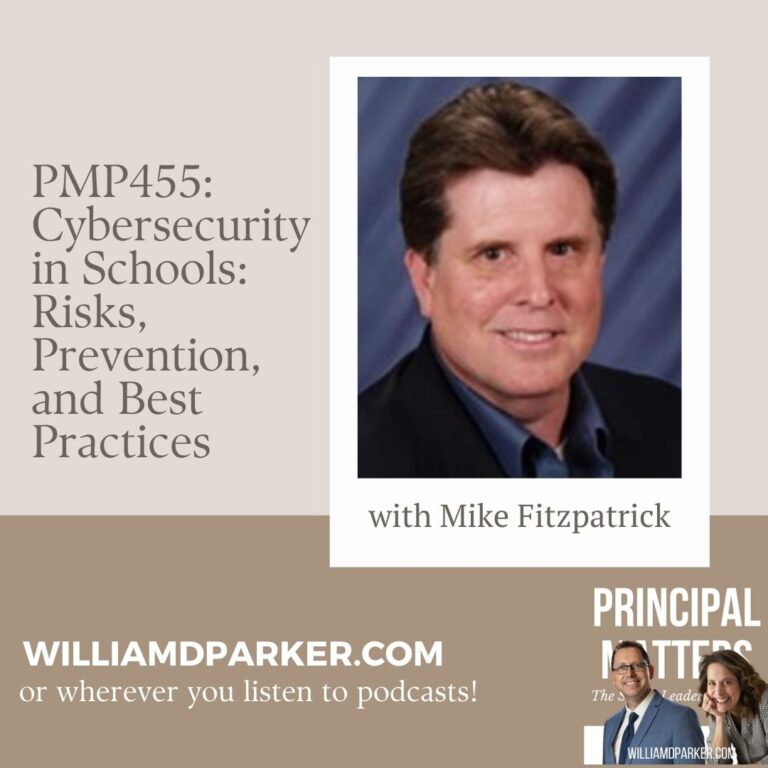Podcast: Play in new window | Download
I once knew a teaching couple who told me a funny story.

They lived right across the street from a man who never seemed to go to work.
During their breaks from school, the neighbor always seemed to be home; they would usually see him in cut-offs, working in his yard. They began to suspect the man was unemployed. Before long they had constructed their own narrative–imagining the sad times that must have led up to this disappointing time in his life.
The district where they taught was a very large one with dozens of schools. One day, they were at a professional development meeting for school district employees when they surprisingly ran into the neighbor man. He was wearing a suit, and when they asked around, they discovered he was the principal of one of the schools in their district! They began to laugh at themselves when they realized their neighbor was home all the time because they shared the same breaks. He was never seen going to work because neither were they. He very likely thought they were unemployed as well.
What Do You See?
As funny as that story is, sometimes our misjudgments can be much more serious. One year, when I worked at a different school, I was investigating a theft and had a surveillance camera recording of some students who had stolen items from a locker. In questioning students, however, I had mistaken one of the girls on camera for someone else. It took a long time of questions, tearful responses, and re-looking at the tape before I finally realized I had the wrong student.
Eventually, I identified the right perpetrator. But I still felt horrible for having an innocent student questioned for something that ended up being the fault of someone she resembled. Those situations are sometimes unavoidable, but it doesn’t change the fact that what we see isn’t always the full picture.
A Challenge of Leadership
If you’re like me, a challenge of school leadership is having time to carefully understand situations when you are confronted with multiple tasks, demands, choices, and requests–all at the same time. While keeping in mind that you will never do it perfectly, here are some suggestions to minimize the risk of seriously misjudging a situation:
1. Be willing to “park” a topic until you can give it the attention needed for a wise decision.
Decisiveness is a defining mark of leadership. But some decisions require time to stop, deliberate, and gather information. Don’t be afraid to put something aside (I have heard it called “putting it in the parking lot”) till you can concentrate on the best approach forward. The risk of rushing into a hasty decision is greater than the risk of giving yourself a little extra time to think through outcomes.
2. Trust others for feedback so you’re not relying on just your own judgment.
You are not in this alone. Chances are good that someone else has gone through a similar situation you may be facing. So reach out to those leaders on your team or even on someone else’s to get feedback. There is wisdom in seeking counsel from others you trust.
3. Deal with what you know, not what you don’t know.
You cannot read minds. And you are not God. Accept that you can only work with what you actually know. So often we want quick solutions so we’re tempted to cut corners. But we have to base decisions on what we know to be true. Good leadership also means following your instincts, but if you don’t base decision on what you actually know, you can’t support or defend it.
4. Accept your mistakes and move on.
If you do make a decision that turns out to be misguided, don’t beat yourself up. It is mathematically and humanly impossible to always make perfect decisions. If you do mess up, admit it, apologize, and do your due diligence to correct the mistake where you can. More importantly, remember lessons from those times to help you in future decisions.
5. Gather as much data, information, and feedback as possible before a major decision.
A simple way to gather good information is to require those involved to write down their concerns. This requires them to think through specifics, and it allows you documentation to refer to as you decide next steps.
6. Act decisively and courageously once you are equipped to do so.
Once you arrive at a solid conclusion, then do what’s right. This is where good policies support you. If you have created good policies and procedures ahead of time, then be as consistent as you can in implementing them based on the information you have gathered.
Even with good policies, I have learned right decisions still require courage. Especially in situations that require consequences, you can expect that not everyone will be pleased with you. Learn to live with some people approving and other people disapproving. It is a part of leadership, and it is a part of life. Usually, however, when you practice the steps above you have increased the likelihood of buy-in from others around you.
Conclusion
At the end of the day, you need to be comfortable that you’ve done your best in making the right calls. But you can minimize the risk of misjudging situations by avoiding hasty decisions, trusting others for feedback, dealing with the facts as you know them, owning your mistakes, gathering as much information as possible, and acting decisively and courageously.
Tweet: Learn how to avoid making the wrong calls: http://ctt.ec/3NFbn+
Now It’s Your Turn
What are some other suggestions you have for calling it right as a decision-maker? Share with the rest of us.
Sign-Up For Free Updates and Ebook
When you enter your email address below, you will automatically receive Principal Matter posts and a free Ebook, 8 Hats: Essential Roles for School Leaders. Let’s keep learning together!
Subscribe for free weekly updates and receive free e-book!
(function($) {window.fnames = new Array(); window.ftypes = new Array();fnames[0]=’EMAIL’;ftypes[0]=’email’;fnames[1]=’FNAME’;ftypes[1]=’text’;fnames[2]=’LNAME’;ftypes[2]=’text’;}(jQuery));var $mcj = jQuery.noConflict(true);
Principal Matters Podcast
Check out audio versions of Principal Matters posts at iTunes. Rate PMP at iTunes; when you do, it makes it more visible to others!
Principal Matters–The Book!

School leaders are very busy, so each of the twenty-four chapters is designed as a quick-read and followed with take-action questions for follow-up or reflection. If you want practical ideas on understanding your purpose, managing school teams, dealing with challenges, and leading with courage, action, motivation, and teamwork, go HERE to pick up a copy for you or your team.


